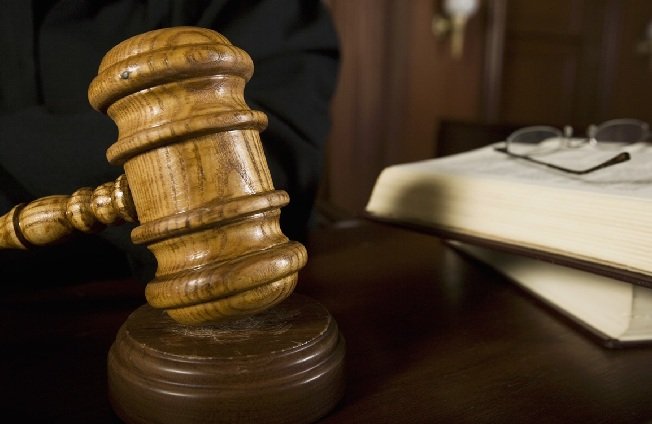Filing for Chapter 13 bankruptcy in Phoenix can feel overwhelming at first, but understanding the process helps reduce uncertainty. For many individuals and families struggling with overwhelming debt, Chapter 13 offers a structured repayment plan that allows them to catch up on overdue payments and regain financial stability. While every case is unique, the overall process follows a series of important steps that anyone considering this option should be familiar with.
What Is Chapter 13 Bankruptcy?
The wage earner’s plan is another name for Chapter 13 bankruptcy. Chapter 13 enables individuals with regular incomes to design a repayment plan to pay back all or a portion of their debts over a period of three to five years, in contrast to Chapter 7, which concentrates on liquidation. This system can be especially helpful for individuals who want to protect assets such as their home or car while addressing unsecured debts like credit cards or medical bills.
In Phoenix, as in the rest of the United States, filing for Chapter 13 requires strict compliance with court procedures, paperwork, and eligibility rules. Because of this, many people choose to consult with an experienced bankruptcy attorney to guide them through the process.
Step One: Credit Counseling Requirement
Before anyone can file for Chapter 13 bankruptcy, they must complete an approved credit counseling course. This course provides an overview of alternatives to bankruptcy and ensures that individuals are making informed decisions about their financial future. Once completed, a certificate is issued, which must be filed with the bankruptcy petition.
Step Two: Preparing The Petition
The bankruptcy petition is the formal set of documents that initiates the process. This includes detailed information about income, expenses, debts, property, and financial history. At this point, accuracy is essential because any errors or omissions could delay the case or perhaps put it in jeopardy. In Phoenix, filings are handled by the United States Bankruptcy Court for the District of Arizona, and these documents can typically be submitted electronically.
Step Three: The Automatic Stay
Once the petition is filed, an automatic stay goes into effect. This legal protection stops most collection efforts by creditors. Wage garnishments, foreclosure proceedings, and collection calls must cease immediately. For many debtors, this is one of the most significant benefits of filing, as it provides instant relief from constant financial pressure.
Step Four: Proposing The Repayment Plan
The heart of a Chapter 13 case is the repayment plan. This document outlines how debts will be repaid over the course of three to five years. The plan is based on disposable income, and it must prioritize secured debts and certain obligations like child support or taxes. Unsecured creditors often receive a reduced portion of what is owed, depending on the filer’s financial circumstances.
Step Five: The Meeting Of Creditors
About a month after filing, the debtor attends a meeting of creditors, also known as a 341 meeting. This meeting is conducted by a bankruptcy trustee, not a judge, and creditors may attend, although many do not. The trustee reviews the debtor’s financial information, verifies the accuracy of the petition, and asks questions to clarify any details.
Step Six: Plan Confirmation Hearing
To ascertain whether the repayment plan satisfies legal criteria, the bankruptcy judge conducts a confirmation hearing. Creditors may object if they believe the plan is unfair, but if the judge approves, the plan becomes binding. The trustee then disburses money to creditors in accordance with the conditions of the plan after receiving regular payments from the debtor.
Step Seven: Making Plan Payments
The repayment period is usually three to five years. Debtors must make consistent payments to the trustee, and missing payments can put the entire case at risk. During this time, debtors often find it easier to manage finances because payments are consolidated into one structured obligation rather than multiple unpredictable bills.
Step Eight: Receiving A Discharge
After all required payments are completed, the debtor receives a discharge of eligible debts. This discharge means that creditors can no longer collect on those debts, providing a fresh financial start. Although some debts, including some tax debts, alimony, and student loans, may not be dischargeable, the relief is substantial for many.
Life After Chapter 13
Completing a Chapter 13 plan takes discipline and patience, but it provides a pathway toward financial recovery. Many people who go through this process in Phoenix are able to save their homes, keep their vehicles, and rebuild their credit over time. While the bankruptcy will remain on a credit report for years, the long-term stability it provides often outweighs the short-term challenges.
Final Thoughts
From credit counseling to ultimate discharge, Phoenix’s Chapter 13 bankruptcy filing procedure consists of a number of meticulously planned steps. Every phase is essential to guaranteeing that debtors fulfill legal obligations and accomplish their objective of regaining financial control. For those facing mounting debts and limited options, Chapter 13 offers a structured, court-approved way to get back on track while protecting essential assets.
